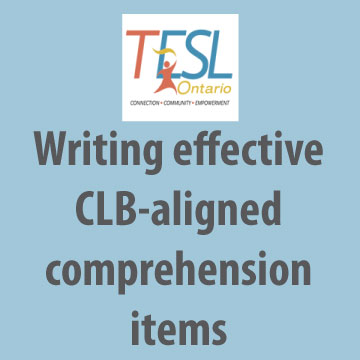Written by –
In a report completed for the Canadian government, Makosky (2008) indicated that, at the time of writing, exit test results from LINC programs across the country were “deemed to be subjective/situational and not comparable to any common standard,” with the result that “exit rating and feedback to newcomers may be inconsistent and the results not as portable as newcomers, instructors and program managers would like” (p. 2). Because of the lack of transparent, reliable outcomes, LINC’s funder, Citizenship and Immigration Canada (now Immigration, Refugees and Citizenship Canada), determined that a consistent standard of exit assessment needed to be developed for the national language program. Thus in 2014, after years of development and piloting, Portfolio-Based Language Assessment, or PBLA, was introduced to LINC. Since that time, Regional Coaches have certified four cohorts of Lead Instructors to train and guide over 2,000 classroom instructors in PBLA implementation.1
There is a lot to learn with PBLA, especially for teachers with no formal instruction in assessment. While PBLA training is comprehensive so that teachers understand the methodology and practices to apply in the classroom, there are some specific skills for designing assessments that PBLA implementation workshops cannot address in depth. One of them is how to write effective CLB-aligned comprehension question or other assessment items to assess listening and reading.
It’s not hard to go wrong in writing items to check for understanding of text. Through various roles guiding and supporting teachers in LINC, patterns with writing ineffective comprehension items have emerged.

